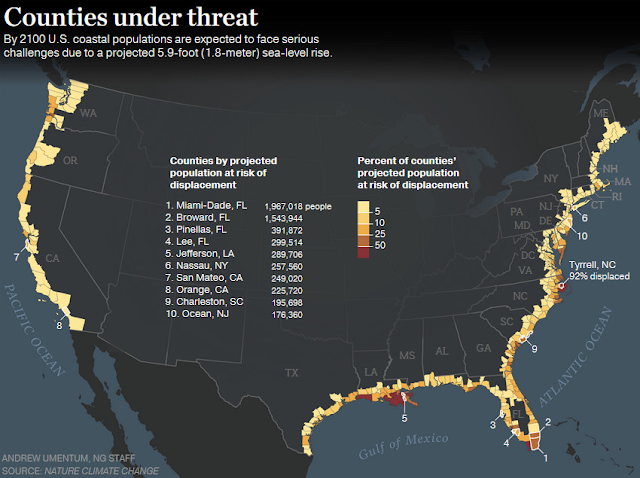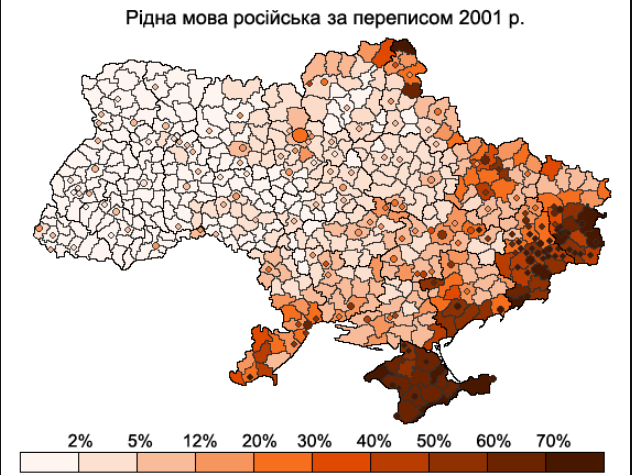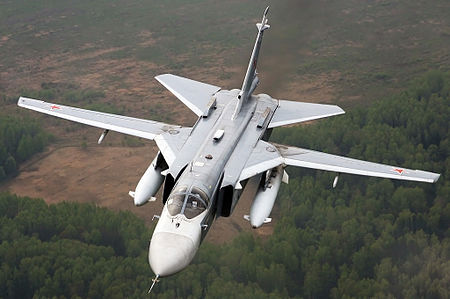This is a list of common misconceptions people have about the law (to be clear, every statement below is false):
Sources of Law
* The law is mostly the same everywhere.
* The law is the mostly the same everywhere in the U.S.
* Legal terms almost always mean exactly one thing no matter where they are used.
* The law mostly fits a criminal law paradigm of statutes that prohibit you from doing something and impose a punishment if you do that.
* The constitution tells you everything you need to know about the law.
* Only the U.S. Supreme Court has jurisdiction to decide the constitutionality of something.
* Usually, a determination that something is unconstitutional involves finding that a treaty, statute, ordinance, or regulation is unconstitutional.
* The law is mostly contained in statutes.
* It is rarely necessary to look at case law or regulations to determine the meaning of a statute.
* The "common law" is the same in every state.
* Only one state or country's law applies to a business operating on the Internet. In a variant of this, the most important way to determine which law applies to a business on the Internet is where its servers are physically located.
* The law is static and has changed only a little over time.
* Modern U.S. law is very similar to modern English law.
* The Declaration of Independence creates enforceable U.S. law.
* The U.N. Universal Declaration of Human Rights creates enforceable U.S. law.
* International law consists mostly of legal rules that can be litigated in international courts producing judgments that matter.
Judges
* Judges are heavily influenced by their personal feelings about litigants and their personal relationships to litigants and are strongly biased against particular people.
* Judges can do whatever they want and the person who wins is mostly determined not by what the law says but by which side has the best lawyers which is mostly a function of much each side spends on their lawyers.
* Family court judges are intentionally or ideologically biased against men.
* Judges are basically umpires with no independent ability to interpret the law in different ways.
* A judge's political philosophy and judicial ideology have no impact on how a judge rules in a case.
* Judicial decisions are purely a matter of legislating from the bench.
* Judge are being dishonest when they utilize "legal fictions."
Dishonesty
* Criminal defense lawyers are bad people who unethically try to make it possible for people guilty of serious crimes to avoid responsibility for their actions by being acquitted at trial of all of the charges against them.
* It is unethical to represent someone you as a lawyer know is guilty or liable for wrongdoing.
* Pleading not guilty in a criminal case when you are guilty is perjury.
* Lawyers are allowed to lie.
* Prosecutors are routinely punished when a court determines that they withheld exculpatory evidence from a criminal defendant in a case.
* Negotiated compromises are dishonest.
* Cops are legally required to tell the truth to criminal suspects.
* Cops almost always tell the truth in court.
* Cops are routinely punished by their employers or a court when a court finds that they violated a criminal suspect's constitutional rights.
* Perjury in court is frequently prosecuted criminally.
* People are more likely to tell the truth when they are under oath or are making a statement under penalty of perjury.
* You can make an evidentiary objection to testimony presented in court on the grounds that the person giving the testimony is lying.
Certainty
* The law mostly involves general principles that can be stated at a high level of generality and logically applied to any new situation.
* If you know the facts of a case with perfect certainty you can know the legal consequences of those facts with certainty. Conceiving of the law as rules rather than standards.
* The law has a clear answer to every hypothetical situation one can imagine.
* Legal questions that don't have clear answers are rare.
* Traffic laws clearly establish that one person is at fault and another person is not at fault in a car accident most of the time.
* Jury trials are highly accurate at reaching outcomes consistent with the true facts and the law.
Arbitration
* Arbitrators have to follow the law based upon the facts presented to them the way that judges do.
* Arbitration awards can be reviewed on the merits in an appeal.
* Arbitration is usually less expensive than going to court.
* Arbitration is usually much faster than going to court.
* Arbitrators are not more biased in favor of one side over the other than judges are.
* You can only be compelled to arbitrate a dispute if you sign a contract agreeing to arbitrate the dispute.
* Only contract disputes are subject to arbitration.
Criminal Justice
* Criminal cases can be filed only if the victim files a complaint with a law enforcement officer.
* People who are released from prison after having their convictions overturned are automatically entitled to substantial compensation.
* People who are acquitted in criminal cases usually receive compensation for their legal fees and the disruption that their lives experienced.
* The police and prosecutors have an enforceable legal obligation to prevent, investigate, and prosecute crimes committed against you, if they can.
* People who commit crimes other than murder are usually caught and punished for their crimes.
* When a criminal law is repealed, people incarcerated for violating that law are routinely released from prison.
* The fact that a witness recants testimony provided in a criminal trial that gave rise to a criminal conviction makes it highly likely that the person convicted will have their conviction vacated and be released from prison.
* Prosecutors routinely cooperate in having wrongful convictions which they secured overturned.
Finality
* Mistaken findings of fact made in a trial can usually be corrected in an appeal.
* Mistakes made in hearings and trials can usually be corrected later, and information provided in hearings and trials can usually be supplemented after the fact.
The Value Of Legal Training
* Lawyers are mostly charging people for the written documents that they produce.
* Any reasonably literate person can quickly learn what they need to know to effectively act as their own lawyer with a modest amount of self-study on the Internet.
* Doing legal work yourself saves money while also giving rise to few risks.
* Non-lawyers can learn to be competent judges with tens of hours to a couple hundred hours of training.
* When you have a dispute with someone, you can have a lawyer write the person you have a dispute with a letter for a minimal fee or no legal fee and the other person is likely to concede that you are right and cooperate.
* People who win legal disputes usually have their attorney fees awarded to them in the United States.
* A large share of losing lawsuits fit the law's description of a legally frivolous, groundless, or vexatious lawsuit.
The Effectiveness Of The Law And Justice
* The law is self-executing.
* People rarely get away with breaking the law.
* People almost always conform the behavior they would have taken otherwise to what the law requires. The law powerfully influences everyday behavior.
* The law almost always produces fair outcomes, unless someone incompetently makes a mistake in applying it.
* Every wrong has a legal remedy.
* All violations of constitutional rights and obligations have a legal remedy.
* There is always someone who is legally liable for the harm caused by an accident.
Contracts
* Economic pressure is enough to make a contract involuntary and invalidate it.
* Statements made by someone involved in a circumstance that gives rise to a legal case that aren't corroborated in writing aren't "proof."
* Contracts are never binding unless they are in writing.
* Contracts are only binding if you have read them and understood their terms.
Miscellaneous Other Specific Legal Issues
* Obligations to a child depend on the nature of the events that led to the child's conception and the relationship between the parents.
* Children must always take the surname of their father.
* In the United States, illegitimate children can't inherit from their fathers.
* You can't be an intellectual property infringer if you don't make a profit and give credit to the source of the work.
* Bank deposits are basically currency in a safe waiting for you to need to use it.
* Debts for fraud and other willful misconduct are automatically non-dischargeable in bankruptcy without any need for the creditor to take legal action to establish the nature of the debt in the bankruptcy case.
* Non-citizens don't have legal rights.
* The doctrine of "corporate personhood" usually hurts the average person in a legal dispute with a big business.
* People who engage in criminal conduct or civil wrongs in the course of their employment by a corporation are immune from liability for their actions.
* The U.S. Constitution, the Second Amendment to the U.S. Constitution, and the Declaration of Independence create a legal right to overthrow an unjust government.
* Texas has a right to secede from the United States.













